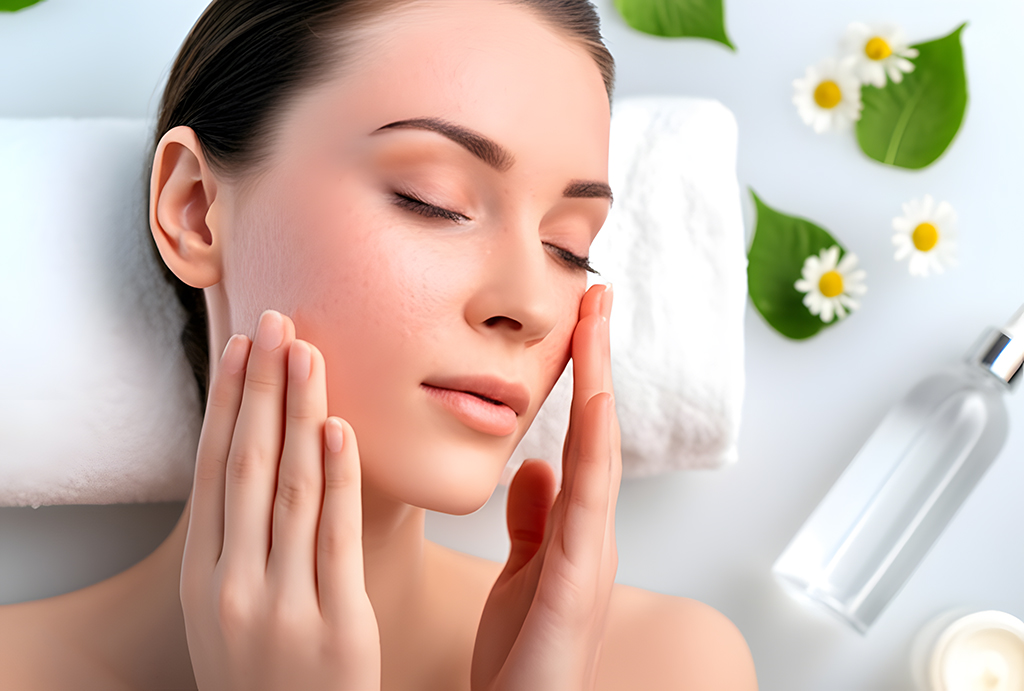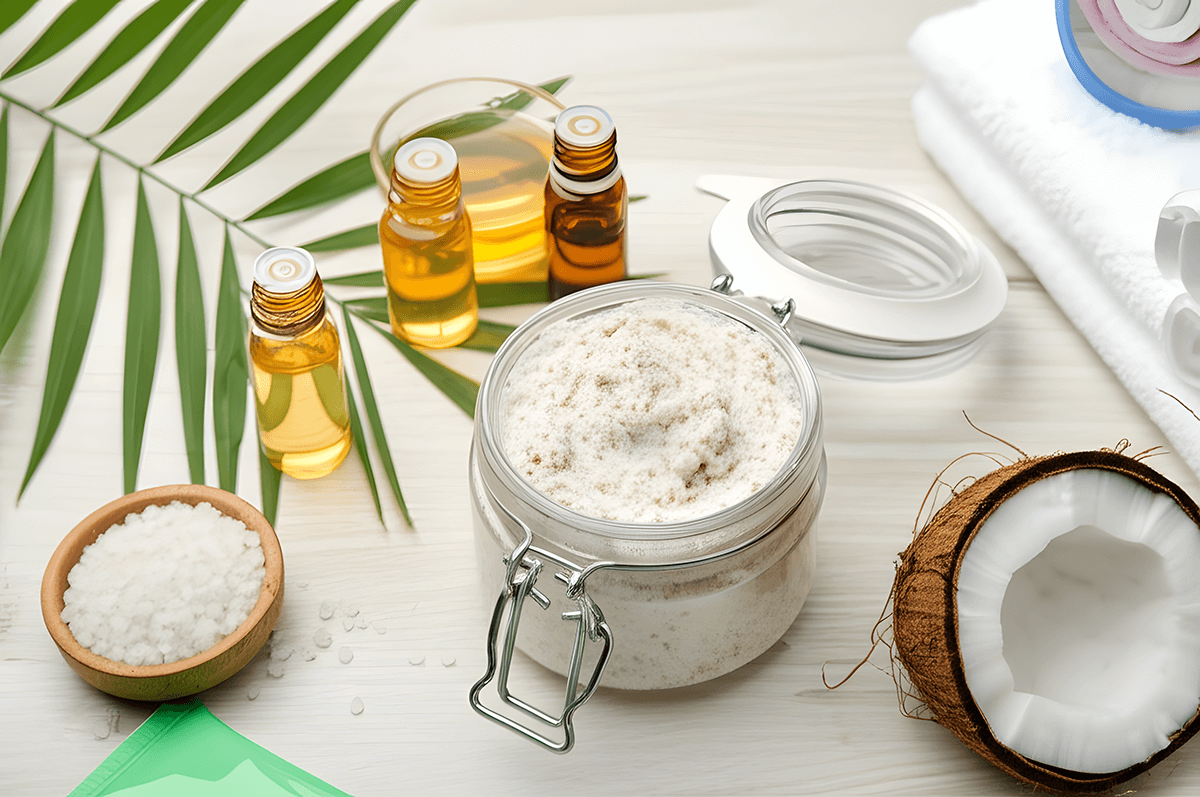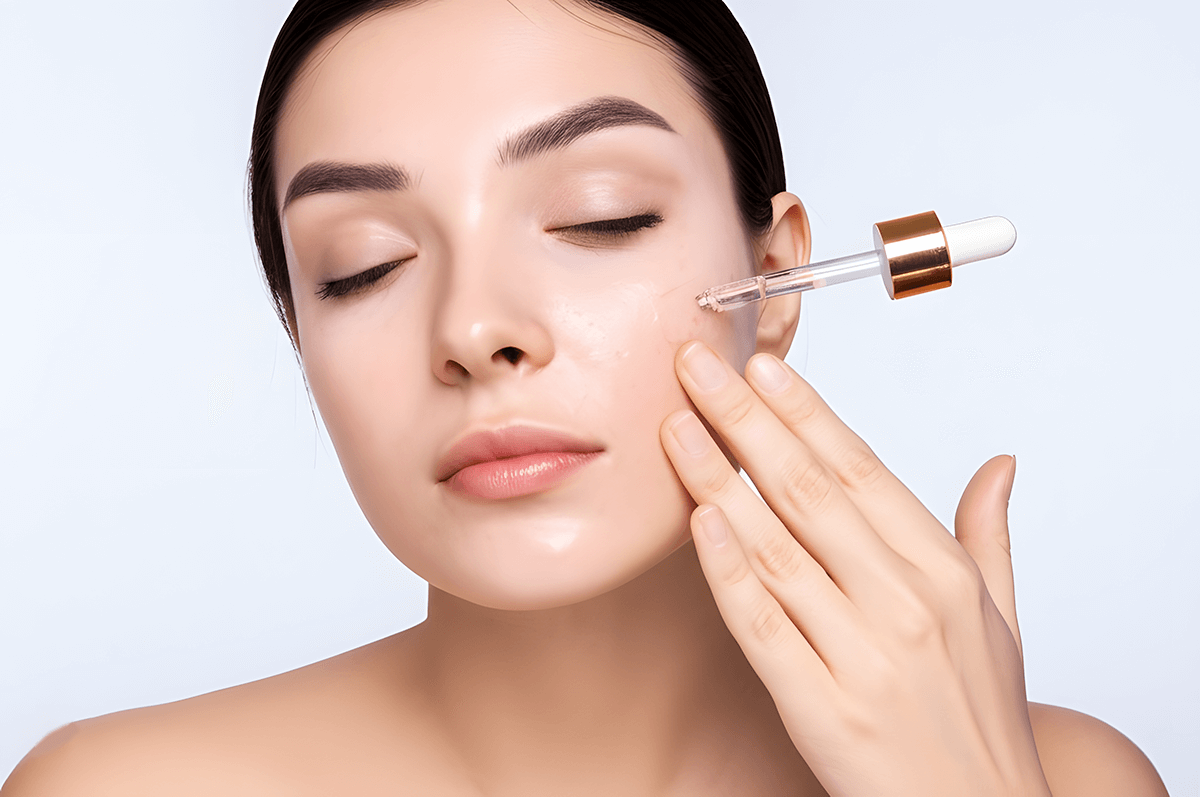Introduction
Couperose and rosacea are common but often misunderstood skin conditions that affect millions of people worldwide. While they may appear similar, they differ in severity and symptoms. Both involve blood vessel issues, with couperose characterized by visible redness and spider veins, and rosacea being a more complex condition that includes persistent redness, pimples, and inflammation.
Whether you are dealing with couperose, rosacea, or both, it is crucial to understand how to care for your skin properly to avoid exacerbating the condition. The right approach can reduce flare-ups, prevent worsening of symptoms, and help you achieve healthier, more resilient skin.
In this article, we’ll explore the best practices for managing couperose and rosacea, including what ingredients to avoid, techniques to strengthen blood vessels, and professional salon treatments that can help improve skin health.
Understanding Couperose and Rosacea
Before diving into treatment options, it’s essential to understand the differences between couperose and rosacea.
Couperose refers to the appearance of visible blood vessels, typically in the form of small red, purple, or blue lines, usually on the cheeks, nose, and chin. These broken capillaries can be caused by several factors, including genetics, sun exposure, smoking, and environmental triggers. Although couperose is not typically accompanied by significant inflammation or pimples, it can be an early indicator of rosacea.
Rosacea, on the other hand, is a more severe condition marked by frequent and persistent redness, visible blood vessels, swelling, bumps, and even pustules. Rosacea often affects the central face, including the cheeks, forehead, nose, and chin. The condition can also cause irritation in the eyes and may worsen over time if not properly managed.
Both conditions are linked to vascular problems—weak blood vessels that become more visible on the surface of the skin. Understanding the causes and triggers of these conditions is vital for building an effective skincare routine.
Causes and Triggers of Couperose and Rosacea
Couperose and rosacea share several common triggers, though the root causes differ. Some of the most common factors include:
- Genetics: People with a family history of rosacea or couperose are more likely to develop these conditions.
- Environmental Factors: Extreme temperatures, harsh winds, sun exposure, and pollution can damage blood vessels and trigger flare-ups.
- Alcohol and Spicy Foods: Certain foods and beverages, especially alcohol, spicy dishes, and hot drinks, can cause blood vessels to dilate, worsening symptoms.
- Stress: Emotional stress and anxiety are known triggers for rosacea flare-ups.
- Skin Care Products: Harsh skincare ingredients or using irritating products may aggravate both couperose and rosacea.
Understanding these causes helps you take control of your skincare and lifestyle to prevent worsening symptoms.
Ingredients to Avoid for Skin with Couperose and Rosacea
When it comes to managing vascular problems, the right skincare ingredients can make all the difference. Some ingredients, however, can worsen symptoms and should be avoided:
- Alcohol: Alcohol is a drying agent that can irritate and strip the skin, making it more sensitive and likely to develop redness and irritation. Avoid products containing alcohol or those that use alcohol-based formulas, particularly in toners, lotions, and cleansers.
- Fragrances: Synthetic fragrances and perfumes are common irritants for sensitive skin. They can lead to inflammation and exacerbate both couperose and rosacea flare-ups.
- Harsh Exfoliants: Physical exfoliants like scrubs with large grains, microbeads, or abrasive sponges can be too harsh on the skin and lead to inflammation. Chemical exfoliants like AHA (alpha-hydroxy acids) and BHA (beta-hydroxy acids) should also be used cautiously, as they can irritate sensitive skin when used incorrectly.
- Sodium Lauryl Sulfate (SLS): This common detergent in cleansers and shampoos can be very drying for the skin and may cause irritation in people with rosacea or couperose.
- Menthol and Peppermint Oil: While these ingredients are often found in soothing products, they can cause a burning or tingling sensation, irritating sensitive skin and worsening the appearance of blood vessels.
- Corticosteroids: Long-term use of topical steroids, often prescribed for other skin conditions, can weaken blood vessels and worsen rosacea symptoms.
Instead of these irritants, look for products that are formulated for sensitive skin and free from alcohol, fragrances, and harsh exfoliants.
How to Strengthen Blood Vessels and Prevent Further Damage

Strengthening blood vessels is essential in managing couperose and rosacea. Here are several methods you can incorporate into your skincare routine to help improve vascular health:
1. Topical Ingredients for Strengthening Blood Vessels
Several active ingredients can support skin health and reduce the appearance of blood vessels. These include:
- Vitamin C: Known for its brightening and anti-inflammatory properties, vitamin C helps stimulate collagen production and strengthen blood vessel walls. It also protects the skin from free radicals, which can weaken blood vessels.
- Niacinamide: Also known as vitamin B3, niacinamide has anti-inflammatory properties and helps strengthen the skin’s barrier. It can reduce redness, irritation, and inflammation in sensitive skin.
- Retinoids: While they should be used with caution in people with rosacea, low-dose retinoids can help improve skin texture, reduce inflammation, and stimulate collagen production over time.
- Horse Chestnut Extract: This natural extract is commonly used in products designed to strengthen blood vessels and reduce the appearance of varicose veins. It’s also beneficial for treating rosacea.
- Rutin: A flavonoid found in fruits like citrus, rutin can help protect blood vessels and reduce their permeability, minimizing redness and inflammation.
- Azelaic Acid: Azelaic acid is an excellent option for rosacea sufferers. It helps reduce redness, inflammation, and acne-like breakouts while also strengthening blood vessels and inhibiting blood flow issues.
2. Gentle Skincare Routine
For sensitive skin, a gentle skincare routine is essential. Always:
- Use lukewarm water instead of hot water when cleansing your skin.
- Avoid scrubbing your face aggressively; instead, gently cleanse with your fingertips.
- Use hydrating products to help maintain your skin’s moisture balance.
Salon Procedures for Couperose and Rosacea
In addition to homecare, salon treatments can help improve the appearance of couperose and rosacea. Some popular options include:
1. Laser Treatments
Laser therapy, particularly pulsed dye laser (PDL), is one of the most effective methods for reducing redness and broken blood vessels. The laser targets and heats the blood vessels, causing them to collapse and be absorbed by the body.
- Benefits: Quick results, minimal downtime, and targeted treatment.
- Best for: Individuals with persistent rosacea or visible blood vessels.
2. Intense Pulsed Light (IPL)
IPL is similar to laser therapy but uses a broad spectrum of light. It can be used to reduce redness, pigmentation, and inflammation associated with rosacea and couperose. IPL also stimulates collagen production, leading to firmer skin over time.
- Benefits: Non-invasive, little downtime, and suitable for larger areas of the skin.
- Best for: General redness, pigmentation, and small visible blood vessels.
3. Radiofrequency (RF) Treatments
RF treatments work by using radio waves to stimulate collagen production and tighten the skin. This can help reduce the appearance of blood vessels and improve overall skin texture. It’s particularly effective for individuals who have developed mild to moderate rosacea or couperose.
- Benefits: Tightening, skin rejuvenation, and improvement in vascular issues.
- Best for: Aging skin with vascular problems.
4. Microneedling
Microneedling, also known as collagen induction therapy, involves tiny needles that puncture the skin’s surface to promote healing and stimulate collagen production. It can be used to improve skin texture, reduce redness, and address the appearance of blood vessels.
- Benefits: Minimal downtime, boosts collagen production, and improves the appearance of skin.
- Best for: People with mild rosacea or couperose and those looking for rejuvenation.
Final Thoughts: Care for Sensitive Skin with Couperose and Rosacea
Caring for skin with couperose and rosacea requires a gentle and consistent approach. By avoiding harsh ingredients, using the right topical treatments, and incorporating salon procedures when necessary, you can manage these vascular conditions and achieve a smoother, calmer complexion.
Be sure to consult with a dermatologist or skincare professional before trying new treatments, especially if you are considering laser therapy or other invasive procedures. With the right care, you can maintain healthy, resilient skin that is less prone to flare-ups and irritation.



